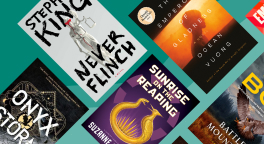The Family Guide To Brussels (1871)
Select Format
Select Condition 
Book Overview
The Family Guide to Brussels (1871) is a book written by J.R. Scott that serves as a comprehensive guide to the city of Brussels, Belgium. The book provides a detailed overview of the city's history, culture, and attractions, as well as practical information for travelers, such as transportation options, accommodations, and dining recommendations. It also includes maps of the city and surrounding areas, as well as descriptions of notable landmarks, museums, and parks. The Family Guide to Brussels is a valuable resource for anyone planning a trip to this vibrant European city, as well as for those interested in learning more about its rich history and culture.Comprising Hints Upon Hiring Houses, Furniture, Servants, Cost Of Living, Education, And The General Information Necessary For A Family Purposing To Reside In That City.This scarce antiquarian book is a facsimile reprint of the old original and may contain some imperfections such as library marks and notations. Because we believe this work is culturally important, we have made it available as part of our commitment for protecting, preserving, and promoting the world's literature in affordable, high quality, modern editions, that are true to their original work.
Format:Hardcover
Language:English
ISBN:0446178926
ISBN13:9780446178921
Release Date:February 2009
Publisher:Grand Central Publishing
Length:304 Pages
Dimensions:9.3" x 1.0" x 6.3"
Customer Reviews
7 customer ratings | 5 reviews
There are currently no reviews. Be the first to review this work.





















